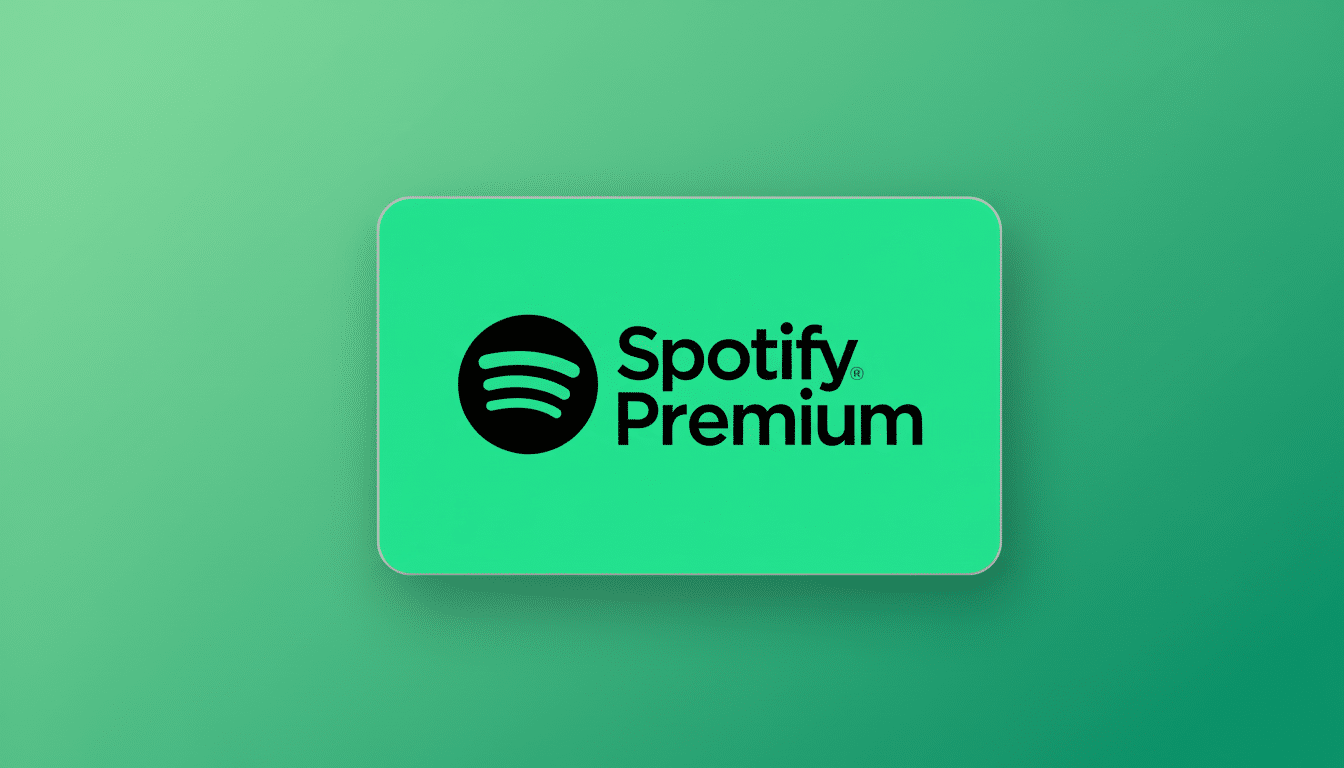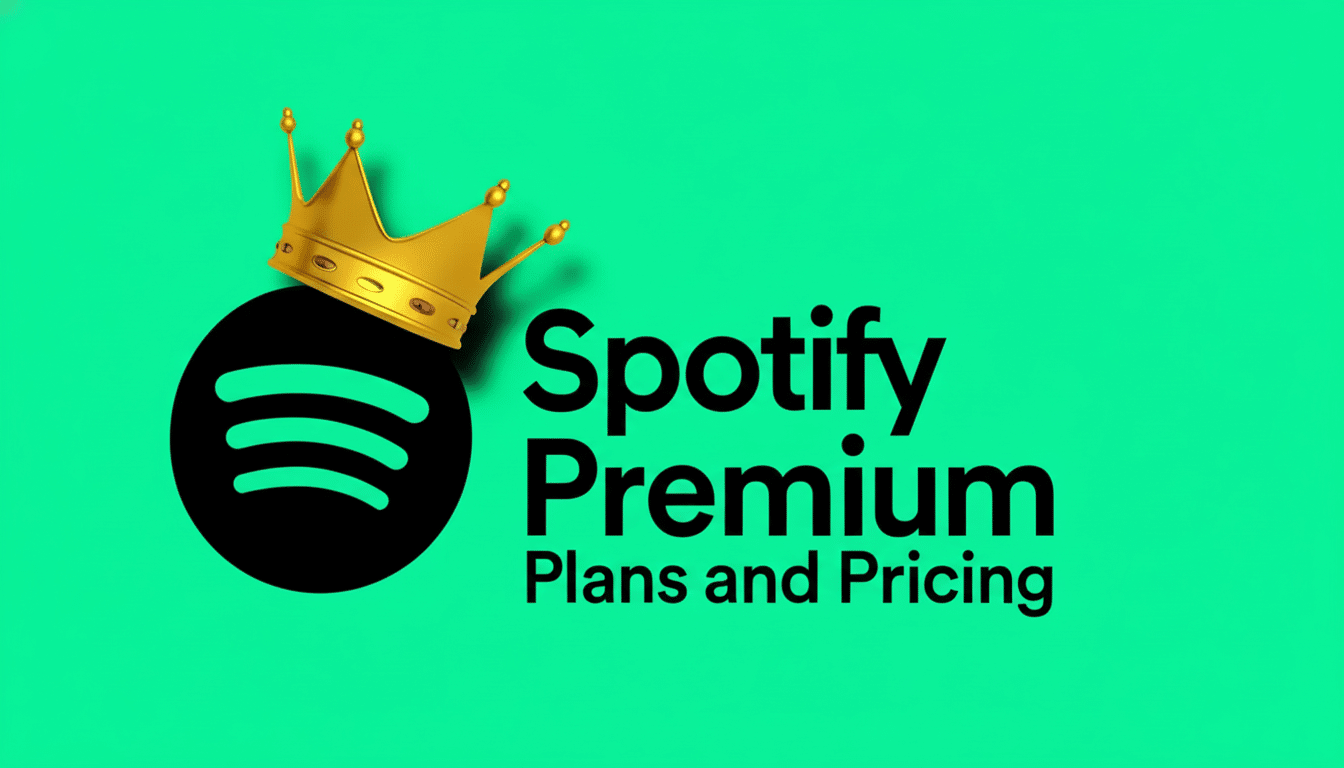Spotify is reportedly preparing to raise subscription costs right as the annual Wrapped frenzy climaxes, the Financial Times reports. Analysts at JPMorgan predict a $1 monthly bump for the U.S. Premium Individual plan, which would make it $12.99; and a 2-euro lift — or around 15 percent — in various European Union countries’ Premium tiers, meaning many of them may now cost more like $14.50 than their current price tag closer to $12.64 (9.99 euros). That would represent the first U.S. bump since the last series of hikes and follows a pattern also seen recently in the UK, Switzerland and Australia, as TechCrunch and other industry trackers have pointed out.
What Could Change in Spotify Plans and by How Much
The headline move is widely predicted to be moving the Individual tier from its current $9.99 per month up a buck, but Spotify tends to tune an entire lineup when tweaking pricing.
- What Could Change in Spotify Plans and by How Much
- Why Spotify Subscription Prices Are Changing Now
- How Spotify Pricing Compares to Other Music Competitors
- Wrapped Timing Is Not a Coincidence for Price Hikes
- What Spotify Subscribers Should Watch After Price Rises
- Artist and music industry implications of price changes

In previous cycles, Duo and Family increased by $1 to $3, with Student being raised in symbolically smaller amounts. While no new American prices have been confirmed yet, past practices indicate wider changes rather than adjusting a single plan.
Another variable is the audiobooks windfall. Spotify has relied on the 15 hours of monthly audiobook listening that comes with Premium as something to set it apart, though it also brings up content costs. If the price rises, look for whether Spotify keeps that perk on all of its paid tiers or offers it more a la carte.
Why Spotify Subscription Prices Are Changing Now
Licensing fees are the fixed center of the streaming economy. With labels and publishers increasingly looking for higher rates commensurate with global music revenues — which reached $19.1 billion in 2018 according to IFPI — the platforms are under pressure to increase margins. Spotify has articulated to investors that it’s concentrating on margin expansion after years of growth that prioritized scale first; its most recent earnings highlighted improving operating income and better gross margin trends, helped in part by previous price increases.
One of those levers is average revenue per user (ARPU). Company filings over the past few quarters show ARPU ticking up as price discipline sets in, but currency impacts and mix shifts (such as increased business from lower-cost markets) can damp that progress. Painful $1 bumps in developed markets, where churn is generally more manageable, are one clean way to boost ARPU without having to do any major product revamping.
Podcasts and audiobooks are also factoring in the math. After betting heavily on spoken-word content, Spotify is weighing higher user engagement against the costs of acquiring and producing that content. Folding in audiobooks to Premium helped make the service more distinct, but it also raises the per-subscriber cost base — yet another reason to encourage prices higher.

How Spotify Pricing Compares to Other Music Competitors
At $12.99, that would place Spotify equal to or above major rivals in the U.S., as Apple Music, Amazon Music and YouTube Music have held around $10.99 to $11.99 for individual offerings — factoring discounts and incentives.
Spotify has also experimented with plan flexibility. Reports earlier this year indicated there was a “Basic” plan in the U.S. market that has been paying out a lower rate to authors because audiobooks were not included, to help keep the price down. Should the company simply raise rates, we could see interest in a discounted music-only tier for price-sensitive listeners reinvigorating.
Wrapped Timing Is Not a Coincidence for Price Hikes
Wrapped brings a spike in logins and shares — and surely the highest brand moment Spotify can hope to have each year. But making changes immediately after that spike can lower the short-term risk of cancellations, as users get re-engaged, compare stats and sink into playlists. It’s a classic strategy: raise when the perceived value is top of mind.
What Spotify Subscribers Should Watch After Price Rises
- See if carrier bundles or family plans offer better value after an increase. Per-person costs are often cheapest with family.
- Think about whether you use the hours with the included audiobooks. If not, a potential future Basic-level plan (if available) could save cash and not lose music.
- Students need to reconfirm eligibility in order to maintain discounts; short lapses can auto-convert accounts to higher-priced tiers.
- In markets where it’s available and you’re on annual billing, think before renewals; price protections sometimes last until the cycle restarts.
Artist and music industry implications of price changes
Higher subscription prices grow the revenue pool that’s eventually divvied up with rights holders, which can relieve pressure on per-stream payouts. The International Federation of the Phonographic Industry has repeatedly cited ongoing global recorded music growth, and platforms are looking for models that link payouts to engagement quality as opposed to simply volume. Price increases alone won’t solve the grievances of artists, but they are part of the equation.
Bottom line: If the Financial Times’ report and JPMorgan’s numbers are in fact accurate, here’s your guidance — Spotify subscribers can expect a modest increase right after Wrapped. The company is gambling that increased perceived value, more tailored bundles and discovery features will offset the sticker shock — at least long enough to keep churn in check and margins moving upward.

